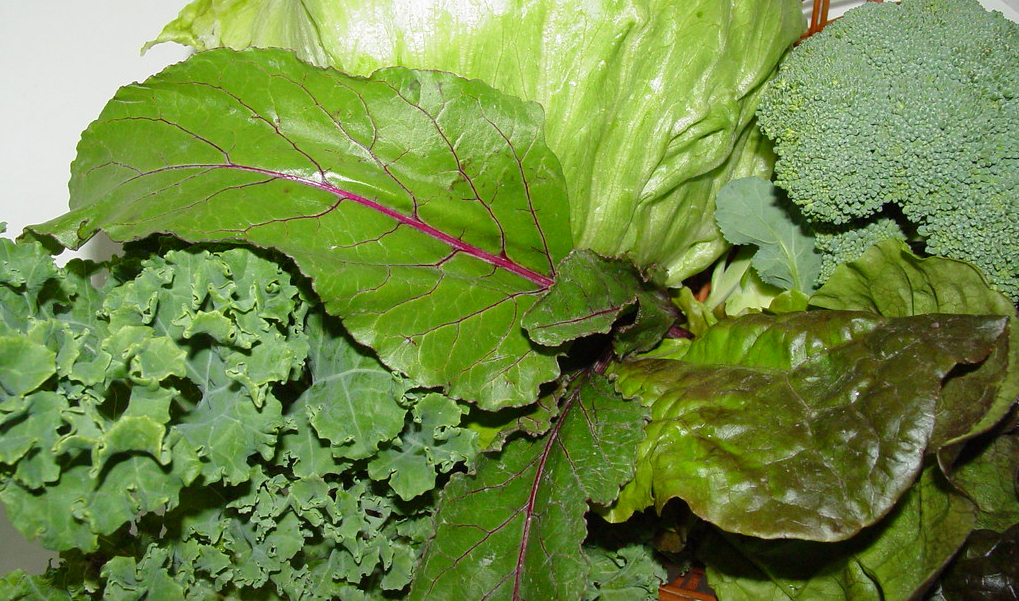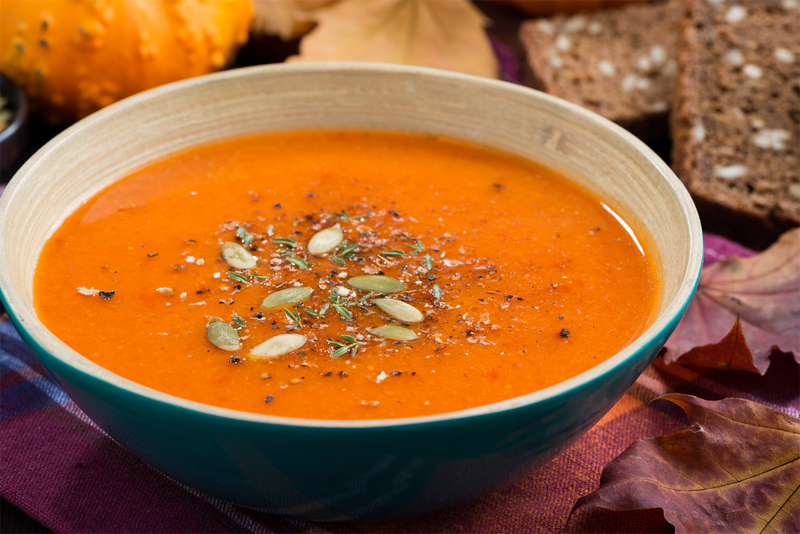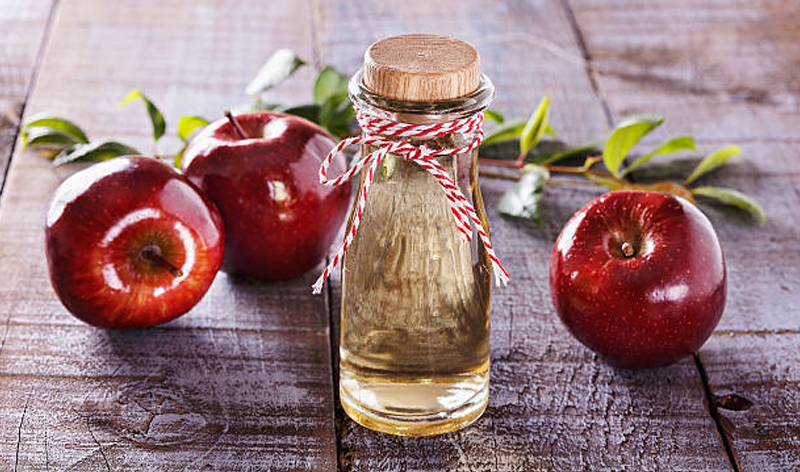Healthcare
Wednesday, August 24, 2022
What does it mean when you white blood?
Monday, December 14, 2020
Heart Disease: Causes of a Heart Attack
What Is Heart Disease?

Heart disease refers to conditions that involve the heart, its vessels, muscles, valves, or internal electric pathways responsible for muscular contraction. Common heart disease conditions include:
- Coronary artery disease
- Heart failure
- Cardiomyopathy
- Heart valve disease
- Arrhythmias
Coronary artery disease is the main cause of heart attacks. It is the most common kind of heart disease in the U.S.
What Is a Heart Attack?

When a coronary artery becomes blocked (usually by a blood clot), an area of heart tissue loses its blood supply. This reduction of blood can quickly damage and/or kill heart tissue, so quick treatments in an emergency department and/or catheterization suite are necessary to reduce the loss of heart tissue. Loss of heart tissue due to a blockage can cause symptoms such as chest pain, shortness of breath, weakness, and even death. Quick treatments have reduced the number of deaths from heart attacks in recent years. About 790,000 people suffer from heart attacks in the U.S. each year.
Heart Attack Symptoms

The following are warning signs of a heart attack:
Tuesday, December 8, 2020
Liver disease
Liver disease
What is the function of the liver?
As part of its function, the liver makes bile, a fluid that contains among other substances, water, chemicals, and bile acids (made from stored cholesterol in the liver). Bile is stored in the gallbladder and when food enters the duodenum (the first part of the small intestine), bile is secreted into the duodenum, to aid in the digestion of food.
The liver is the only organ in the body that can easily replace damaged cells, but if enough cells are lost, the liver may not be able to meet the needs of the body.
The liver can be considered a factory, and among its many functions include:
Production of bile that is required in the digestion of food, in particular, fats
Storing of the extra glucose or sugar as glycogen, and then converting it back into glucose when the body needs it for energy
Production of blood clotting factors
Production of amino acids (the building blocks for making proteins), including those used to help fight infection
The processing and storage of iron necessary for red blood cell production
The manufacture of cholesterol and other chemicals required for fat transport
The conversion of waste products of body metabolism into urea that is excreted in the urine
Metabolizing medications into their active ingredient in the body
Diagnosis
Finding the cause and extent of liver damage is important in guiding treatment. Your doctor is likely to start with a health history and a thorough physical examination.
Your doctor may then recommend:
Blood tests. A group of blood tests called liver function tests can be used to diagnose liver disease. Other blood tests can be done to look for specific liver problems or genetic conditions.
Checking a tissue sample. Removing a tissue sample (biopsy) from your liver may help diagnose liver disease and look for signs of liver damage. A liver biopsy is most often done using a long needle inserted through the skin to extract a tissue sample that's sent to a lab for testing.
Classic symptoms of liver disease include nausea, vomiting, right upper quadrant abdominal pain, and jaundice (a yellow discoloration of the skin due to elevated bilirubin concentrations in the bloodstream). Fatigue, weakness, and weight loss may also occur. However, since there are a variety of liver diseases, the symptoms tend to be specific for that illness until late-stage liver disease and liver failure occurs. Examples of liver disease symptoms due to certain conditions or diseases include:
Gilbert's disease has no symptoms and is an incidental finding on a blood test where the bilirubin level is mildly elevated.
Cirrhosis of the liver will develop progressive symptoms as the liver fails. Some symptoms are directly related to the inability of the liver to metabolize the body's waste products. Others reflect the failure of the liver to manufacture proteins required for body function and may affect blood clotting function, secondary sex characteristics, and brain function.
Symptoms of cirrhosis of the liver include the following: Easy bruising may occur due to decreased production of clotting factors; bile salts can deposit in the skin causing itching; gynecomastia or enlarged breasts in men may occur because of an imbalance in sex hormones, specifically an increase in estradiol; impotence (erectile dysfunction, ED), poor sex drive and shrinking testicles are due to decrease in function of sex hormones; confusion and lethargy may occur if ammonia levels rise in the bloodstream (ammonia is a waste product formed from protein metabolism and requires normal liver cells to remove it); ascites (fluid accumulation within the abdominal cavity) occurs because of decreased protein production; and muscle wasting may occur because of reduced protein production. Additionally, there is increased pressure within the cirrhotic liver affecting blood flow through the liver. Increased pressure in the portal vein causes blood flow to the liver to slow down and blood vessels to swell. Swollen veins (varices) form around the stomach and esophagus and are at risk for bleeding.
Treatment
Treatment for liver disease depends on your diagnosis. Some liver problems can be treated with lifestyle modifications, such as stopping alcohol use or losing weight, typically as part of a medical program that includes careful monitoring of liver function. Other liver problems may be treated with medications or may require surgery.
Treatment for liver disease that causes or has led to liver failure may ultimately require a liver transplant.
Lifestyle and home remedies
Changing certain lifestyle habits can often help improve your liver health. If you've been diagnosed with liver disease, your doctor may recommend that you:
Drink alcohol sparingly, if at all.
Avoid red meat, trans fats, processed carbohydrates, and foods with high-fructose corn syrup.
Exercise 30 to 60 minutes around three to four times a week at a moderate intensity.
Cut calories by 500 to 1,000 calories daily, if you're overweight.
Alternative medicine
No alternative medicine therapies have been proved to treat liver disease. Some studies have indicated possible benefits, but further research is needed.
On the other hand, some dietary and herbal supplements can harm your liver. More than a thousand medications and herbal products have been associated with liver damage, including:
Vitamin A
Ma-huang
Germander
Valerian
Mistletoe
Skullcap
Chaparral
Comfrey
Kava
Pennyroyal oil
To protect your liver, it's important to talk to your doctor about the potential risks before you take any complementary or alternative medicines.
thanks for watching
Crispy imperial rolls recipe
 These are the classic, deep-fried Vietnamese spring rolls, also referred to as Imperial Rolls.
These are the classic, deep-fried Vietnamese spring rolls, also referred to as Imperial Rolls.
Ingredients
- 20 dried rice paper wrappers (each 8 in/20 cm in diameter)
- Oil for deep-frying
- 1 bunch each of Asian basil, coriander leaves (cilantro) and mint leaves to serve
- 1 small head butter or leafy lettuce leaves, washed and separated
- 1 cup (50 g) bean sprouts Carrot and Daikon Radish Pickles
- Fish Sauce Dip
- 1 lb (500 g) lean ground pork
- 7 oz (200 g) fresh shrimp or prawns, peeled, deveined and minced
- 4 oz (100 g) crabmeat
- 4 tablespoons minced shallots (about 6 shallots)
- 3 cloves garlic, minced
- 2 to 3 dried wood ear fungus, soaked in water until soft, diced
- 2 oz (50 g) dried glass noodles, soaked in water until soft, drained and cut into thirds
- ½ medium carrot, cut into sticks to yield
- 1 egg white
- 1 tablespoon ground white pepper
- 1 teaspoon sugar
- ½ teaspoon salt
- 3 tablespoons fish sauce
- Make the Filling first by combining all the ingredients in a large bowl and mixing until well blended. Set aside.
- To make the spring rolls, dip a rice paper wrapper in a bowl of water until soft. Remove and place on a dry surface, smoothing it with your fingers. Place 1 heaping tablespoon of the Filling onto the wrapper. Fold one end of the wrapper over the Filling, then fold the sides and roll up tightly, pressing to seal. Repeat until all the ingredients are used up.
- Heat the oil in a wok over medium heat until hot. Deep-fry the spring rolls, a few at a time, for about 5 minutes each until golden brown on all sides. Remove with a slotted spoon and drain on paper towels.
- Place the spring rolls on a serving platter and serve with the fragrant leaves, lettuce, bean sprouts, Carrot and Radish Pickles and a bowl of Fish Sauce Dip on the side.
What should each Meal Plan Consist of to Lose weight?
Not all meals are created equal, at least not when you are trying to lose weight. Foods make different contributions to your body. Some provide healthy fats. Others bombard you with cholesterol that could block your arteries and cause severe heart and weight problems.
If you want to lose weight, you can’t be careful enough about what foods you eat. Below is a roundup of the best meal plans and how they help you lose weight.
Leafy Greens
 You’ve
probably been told this one many times. You must incorporate greens
into your meal plans if you want to lose weight. It could be kales,
spinach or cabbage. Or it could be broccoli and lettuce.
You’ve
probably been told this one many times. You must incorporate greens
into your meal plans if you want to lose weight. It could be kales,
spinach or cabbage. Or it could be broccoli and lettuce.
Leafy greens are rich sources of fibre, vitamins, and carbohydrates. As such, not only do they make you feel full, but they also provide vital nutrients in your weight loss journey. Some even offer minerals such as calcium, which helps burn fat.
Lean Beef, Eggs or Legumes
 Once
associated with adding weight, lean beef and poultry are having a
comeback. That’s because they are excellent sources of protein,
something you need to keep your body healthy. Of course, the right
portion of meat is required.
Once
associated with adding weight, lean beef and poultry are having a
comeback. That’s because they are excellent sources of protein,
something you need to keep your body healthy. Of course, the right
portion of meat is required.
Alternatively, you can source your proteins from whole eggs or legumes. A couple of boiled eggs can keep you feeling full for hours. What’s more, it can provide a wide range of nutrients and proteins.
Legumes, on the flip side, provide protein, fibre and starch. That means they give the satiety you need to stay off food for several hours and provide healthy nutrients.
Soups
 So,
you love drinking soup? Nutritionists believe you’re in the right
direction when it comes to losing weight. Soups keep you fuller for
longer without adding saturated fats to your body. Crucially, you don’t
need to prepare special soup to get its benefits.
So,
you love drinking soup? Nutritionists believe you’re in the right
direction when it comes to losing weight. Soups keep you fuller for
longer without adding saturated fats to your body. Crucially, you don’t
need to prepare special soup to get its benefits.
Adding water to everyday meals can help you reduce meal portions without feeling like you are not eating enough. You could even replace entire dishes with soup. You’ll get nutrients, feel full and reduce your carb or calorie intake.
In case you are wondering, there are various ways to incorporate mouth-watering, nutritious soups in your meals. Check with a chef or consider a weight loss meal delivery provider. The latter is prepared by experts so that all you do is to place an order online and deliver it to your doorstep.
Fruits
 Fruits
are increasingly becoming a controversial topic among weight-loss
experts. On the one hand, some people defend their nutritional value. On
the other, some gurus highlight fruits contain sugar and cholesterol,
both of which increase weight.
Fruits
are increasingly becoming a controversial topic among weight-loss
experts. On the one hand, some people defend their nutritional value. On
the other, some gurus highlight fruits contain sugar and cholesterol,
both of which increase weight.
So, to eat or not to eat fruit? Eating fruits in small amounts is alright. They provide fibre and nutrients, after all. What’s more, some fruits can give you these nutrients without offering lots of carbohydrates or calories.
Take berries as an example. They are small in size and hence give you low dosages of fibre, sugar, and calories. In contrast, eating a few bananas can provide up to 400 grams of carbs, making your weight loss effort a tad difficult.
Dairy Products
 Contrary
to popular belief, dairy foods aren’t bad for losing weight. Similar to
many healthy dishes, milk, cheese and yogurt can help you stay fuller
for longer. But more importantly, they also provide nutrients and help
in burning fat.
Contrary
to popular belief, dairy foods aren’t bad for losing weight. Similar to
many healthy dishes, milk, cheese and yogurt can help you stay fuller
for longer. But more importantly, they also provide nutrients and help
in burning fat.
According to WebMD, dairy foods contain high supplies of calcium, a key ingredient when it comes to burning calories. Crucially, taking dairy meals as opposed to calcium supplements is more effective for weight loss.
Nutritionists admit fairy foods also contain high levels of fat. In fact, they provide more cholesterol than a lot of carbohydrate sources. However, their ability to burn this fat makes them much better to consume than most carbs.
Water
Water adds zero nutrients per se, but it acts as a catalyst to enhance digestion and improve mineral absorption in your body. It also keeps you hydrated, suppresses your appetite and can keep you going before your next meal.
So, how much water should you drink per day? Up to eight glasses of water are recommended for keeping you hydrated as you try to lose weight. Of course, it’s easier said than done. But once you understand how water helps you burn fat, you will learn to appreciate it.
Apple Cider Vinegar
Ever heard of people who dilute apple cider vinegar in water to drink it? Many of them are healthy, and we now know why. For one, it gives you a feeling of satiety, which in turn helps you eat less.
Vinegar is best taken alongside meals. That way, you don’t have to consume a lot of it. Ideally, 15 to 30 ml of apple cider vinegar can burn up to 3.7 pounds or 1.7 kilograms over twelve weeks.
Nuts
 Nuts
might contain fat, but they have non-fattening fats. They also consist
of fibre and protein. If you’re looking for something to take for
breakfast or snack, consider having them.
Nuts
might contain fat, but they have non-fattening fats. They also consist
of fibre and protein. If you’re looking for something to take for
breakfast or snack, consider having them.
Of course, don’t go overboard and overeat nuts. Like everything that contains fats, nuts should be consumed in small portions. In case you are wondering, some nuts are better than others. Almonds, for example, offer almost everything your body needs: calories, fat, protein, carbs, fibre and vitamins.
Pistachios, Walnuts, cashew nuts, pecans and macadamia nuts also offer these natural nutrients. However, they differ in the amount of fibre, protein or carbs they provide. As such, consider eating a blend of different nuts to get the best of everything.
To Conclude
Losing weight takes a lot of effort both in exercising and minding what you eat. For starters, you must reduce your carb intake. Again, you need to get your protein and vitamins from healthy, lean beef and green vegetables. Sometimes eating soup or nuts can be all you need to stay full and still help your body to burn fat.
What does it mean when you white blood?
White blood cells are an important and necessary part of your immune system. Produced in your bone marrow, they defend your body against inf...

-
Liver disease What is the function of the liver? As part of its function, the liver makes bile, a fluid that contains among other substances...
-
White blood cells are an important and necessary part of your immune system. Produced in your bone marrow, they defend your body against inf...
-
What Is Heart Disease? Heart disease refers to conditions that involve the heart, its vessels, muscles, valves, or ...



